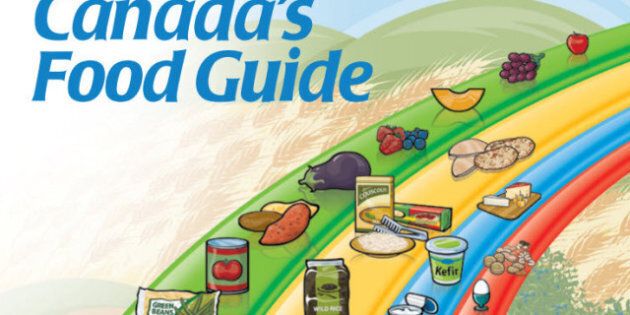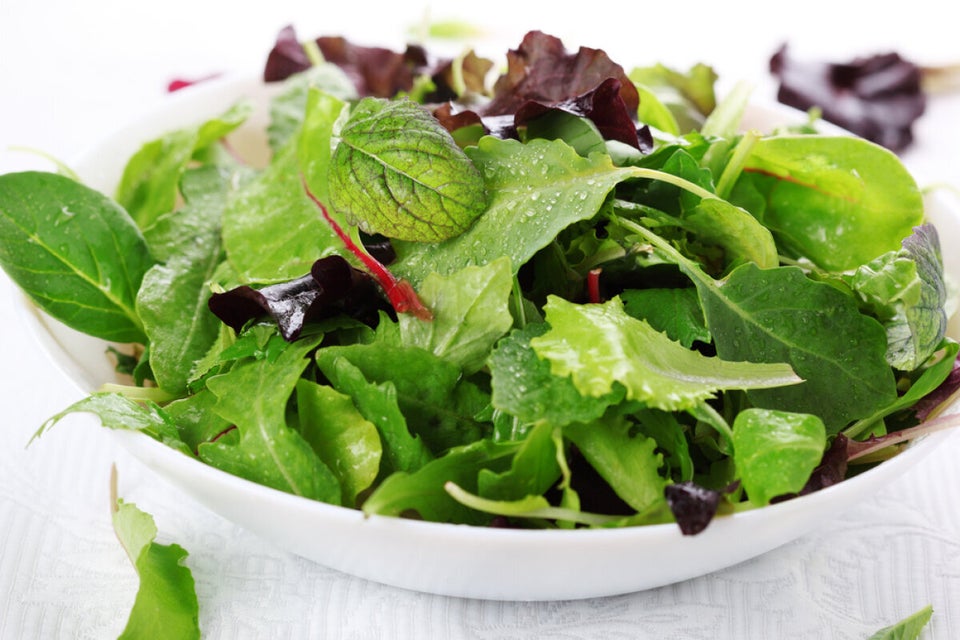
Canada, it's time to stop guessing at our servings, and start eating right.
That's the message being conveyed by York University researchers Jennifer Kuk, a professor in the School of Kinesiology & Health Science, and Sharona Abramovitch, a former graduate student, in the journal Applied Physiology, Nutrition and Metabolism.
The researchers found that while Canada's Food Guide has existed for 70 years, Canadians are still not quite getting what is meant by 'serving sizes' -- and it's affecting our health.
"One of the first things we looked at was whether or not participants [in the study] could estimate what a serving is," explained Kuk to The Huffington Post Canada. "People were overestimating the serving size of fruits and vegetables and grain, and underestimating the size for cheese and meat alternatives. They estimated accurately for chicken, carrots and milk."
As an example of recommended serving sizes, a 35-year-old woman should be eating 7 to 8 servings of vegetables and fruit, 6 to 7 servings of grain products, 2 servings of milk and alternatives, 2 servings of meats and alternatives, and 30 to 45 mL (2 to 3 Tbsp) of unsaturated oils and fats each day, according to Health Canada.
But when one serving of grain, for example, is defined as a half-cup of rice, or half a bagel, things get confusing for the average person. Even worse, noted Kuk, is the fact that serving sizes have changed over the years.
"They'll have something listed like a slice of bread as 35 grams, but depending on the type of bread you eat, it could be heavier or lighter, so it's not necessarily a slice," she said. "And it changes by generations too. If you look, for instance, at pictures of Jesus and his disciplines at the Last Supper, the more recently the picture was painted, the bigger the pieces of bread depicted are."
In the U.S., recent updates to their food guide included MyPlate, which depicts a plate separated into different groups, with vegetables taking up the largest amount of space. The graphic has been lauded for its simplicity, but that doesn't mean it doesn't pose its own challenges.
"The relative proportion is easier to understand," said Kuk, but the average size of a dinner plate has actually gotten bigger over time." And as Huffington Post blogger Dr. Andrew Weil pointed out, fruit juices, which carry a higher glycemic load, aren't distinguished from fruits, and general grains aren't separated from whole grains, which can help slow metabolism to prevent overeating.
So while we still use the serving sizes as our guide, what exactly do they mean? Check out these equivalents:
